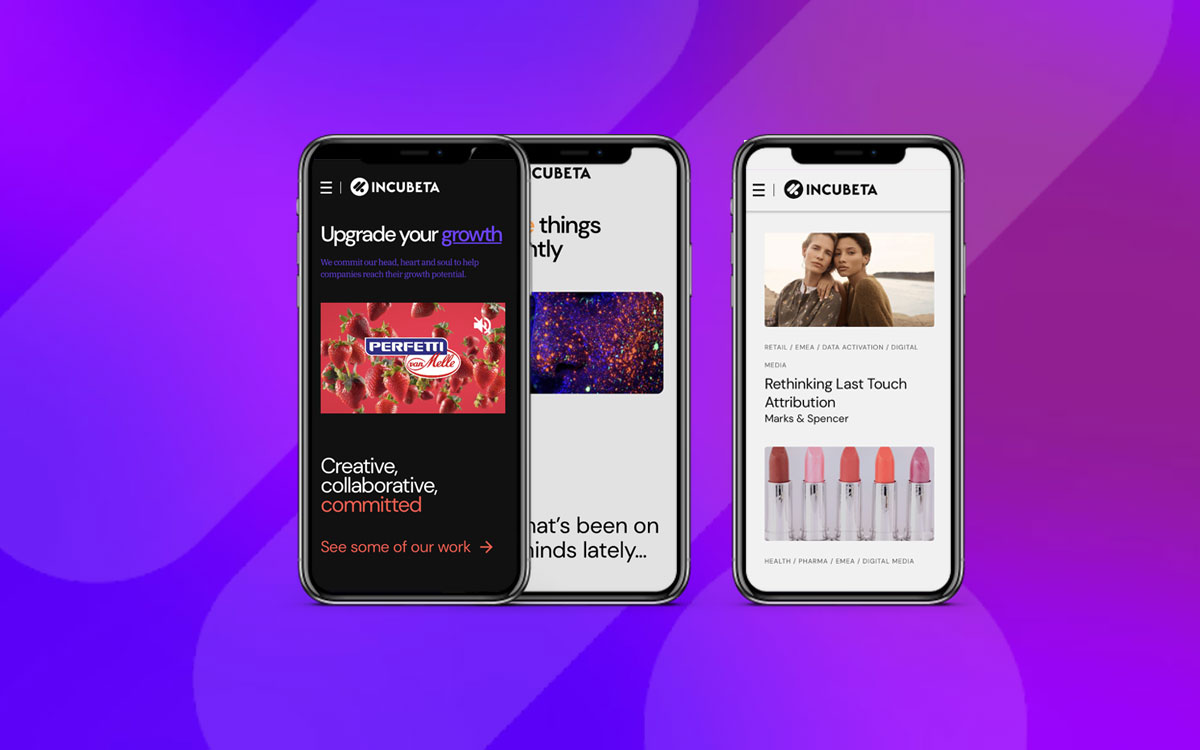
Investing in User Experience; Optimizing your E-commerce Site for Digital Marketing Success
With the industry becoming more focused on consumer satisfaction and customer-centricity, we’ve seen the value that global companies and conglomerates are placing on user experience (UX) skyrocket over the last six month. More and more businesses are recognizing the benefits of UX, yet many are still failing to see past the standardized experiences we’ve come to expect as consumers; such as efficient call centres, quick responses and streamlined return processes.
UX should be at the forefront of your strategy; extending into your digital marketing efforts to truly drive performance for your brand.
Why Should You Invest in UX?
So why should businesses invest in UX? Because everyone, including the consumer themselves has become customer-centric.
We often see high investment in digital media, but we seldom see the same level of investment in customer experience. Websites are treated as a pamphlet for services or a secondary store, in the case of click-and-mortar business. Even fully fledged e-commerce stores are spending more money on customer acquisition and less money on making an easy-to-buy environment. A website needs to be treated with the same logic that a physical brick and mortar store layout is – primed to meet the end objective. Businesses should be asking themselves ‘what do we want the user to do and how are we going to streamline our processes to instigate that specific action?’.
Over recent years the burgeoning growth of digital has caused the researching habits of users to change, and with this, retailers need to ensure they’re giving the user the information they’re looking for. A user should not have to go on an Easter Egg hunt to find a category on your website, or file through reams of pages to find what they are looking for. With Google rolling out their Page Experience Signal update, it’s imperative that advertisers and retailers streamline their user journey and improve their page experience or risk being knocked down the SERP.
High spend on customer acquisition will only see its full potential when one invests in a high-quality customer experience. Putting paid spend behind a digital objective will only deliver true ROAS if the end game has been thoughtfully considered.
Top Tips for E-commerce UX
- Guest checkout: It seems counterintuitive, but often customers are forced to sign up for a service that they’ll only use once. While guest checkout may reduce the number of repeat customers, it doesn’t stop them from becoming customers at all, and can streamline the path-to-purchase; in some instances even reducing the percentage of basket abandoners.
- Simple and transparent pricing: businesses should be thinking of their average consumer and offer pricing that is relevant to them. For example, if your everyday customer spends X amount on average, per month, you should make sure that this offer is visible and easy to search for. Also consider investing in product recommendation tools and strategies; 67% of online shoppers go to a store to find a specific product, therefore, you should focus on streamlining the process of searching for specific products on-site.
- Communicate your returns policy on every product page: 85% of consumers rated the returns policy as a crucial decision point when buying online. Adding a small line that says “simple and easy returns” or “returns within x days if you’re not happy” can go a long way.
- Invest in social proof: reviews, celebrity/expert endorsements, official stamps of approval all play a significant role when deciding to buy online. Use your follow up email communications to get as much feedback on purchased products as possible. This helps build trust and credibility amongst potential buyers.
- Optimize your website: don’t ignore the backbone of your website. Factors such as site speed and mobile optimization can really affect UX. Make use of web services or tools to test your site’s performance and other optimization features. Keep it clean, avoid annoying pop-ups, walls of text or bombarding your customers with irrelevant information.
—
There’s no denying that the e-commerce industry will continue to grow. The pandemic forced a new demographic of consumers to start purchasing online, and accompanying that multiple fears and worries associated with buying online have been silenced.
This, paired with the substantial investments big retailers had to make to get their business online (think of Shoprite investing in a digital-first division; ShopriteX), is going to push the industry forward substantially and ultimately your UX is what will differentiate you from your competitors.
Want to optimize your UX before Black Friday? Get in touch today, and start the conversation…
Browse: Industry Insight
Read Next
Find out how we can help you
With offices around the world, we can build a team perfect for your needs.

